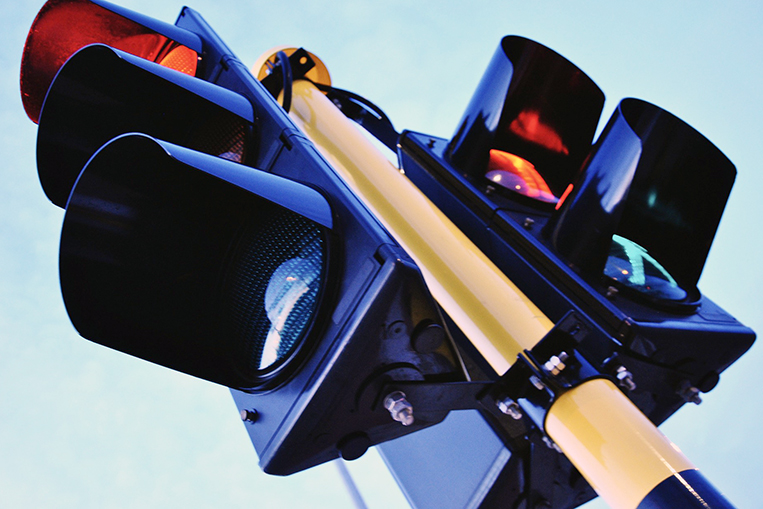
If you’ve acquired or renewed your driver’s license in the past couple of years, you should know that its validity is now for five years—which is a welcome change from the previous three years. That’s a result of Republic Act No. 10930, which seeks to improve the policies that pertain to driver’s licenses in the Philippines. Specifically, it aims to make the acquisition of licenses more difficult, and force motorists to drive more responsibly. Recently, its implementing rules and regulations were released by the Land Transportation Office.
One new measure in place to ensure that licenses are issued the right way stipulates that a person will now be fined P20,000 if he or she is caught falsifying required documents or cheating in the examination. Of course, whether that can and will be strictly imposed is another story altogether.
But the biggest talking point in the revised set of policies is the introduction of a demerit point system. Yep, we’re adopting a somewhat similar point system being enforced in other countries (mostly developed ones, if we may add). How does this concept work? Basically, every traffic violation has a corresponding number of demerit points that will be charged to you if you commit said violation. Traffic violations are classified as follows:
- Grave violations – 5 demerit points
- Less grave violations – 3 demerit points
- Light violations – 1 demerit point
If you accumulate five demerit points, you will be made to complete a “reorientation course.” If you accumulate 10 demerit points, you will have to take said reorientation course and pass a theoretical examination. If you fail to take part in the above-mentioned LTO’s “intervention program” within 30 days from the date of your last offense, your license will be suspended until you complete the necessary course.
Now, if you accumulate a total of 40 demerit points, your license will be revoked and you will be disqualified from securing a new one for two years from the date of your settlement of all fines and penalties.
Another thing: There is a prohibition period for the change of license classification if you incur demerit points. Which means, for instance, that you can’t change your license from nonprofessional to professional for a certain time period if you have demerit points. Here’s the guide for that:
- 1-2 points – Three (3) months
- 3-4 points – Six (6) months
- 5 or more points – One (1) year
The good news is that your accumulated demerit points will not be carried over once you renew your license. So it’s back to zero after you get a new license. Still, all your past violations shall remain in your permanent records with the LTO, which could be used in the future for, say, legal purposes.
Our main concern is whether those tasked to levy the demerit points are truly qualified to do so. The last thing we want is a bunch of ignorant nondrivers assessing the performance of licensed drivers
How exactly are the various traffic violations classified into grave, less grave and light? Following is the list of the specific violations and the categories they fall under. Note that for many of these violations, we took the liberty of slightly tweaking the sentence construction for clarity’s sake. For a few, however, even our intergalactic proofreading and editing powers couldn’t help us decipher their meaning, so we just let them be in all their verbatim glory. You can read the actual document here.
GRAVE VIOLATIONS (5 demerit points):
• Driving a motorcycle with a child onboard on public roads (third and succeeding offenses)
• Using a mobile communications device or an electronic entertainment or computing device while driving a motor vehicle—in motion or temporarily stopped at a traffic light or any intersection (third and succeeding offenses)
• Failure to wear one’s seatbelt and/or failure to require one’s passenger(s) to wear his/her/their seatbelt (third and succeeding offenses)
• Failure to wear one’s motorcycle helmet and/or failure to require one’s back rider to wear his/her motorcycle helmet (third and succeeding offenses)
• Smoke-belching (third and succeeding offenses)
• Reckless driving (third and succeeding offenses)
• Driving a motor vehicle used in the commission of a crime, upon conviction by a regular court of competent jurisdiction
• Commission of a crime in the course of apprehension, upon conviction by a regular court of competent jurisdiction
• Colorum violation
• Driving a motor vehicle while under the influence of alcohol, dangerous drugs and/or similar substance, upon conviction by a regular court of competent jurisdiction
• Axle overloading
• Driving an unregistered motor vehicle
• Driving without a valid driver’s license (So, how do you impose demerit points on someone who doesn’t have a license?)
• Submission of fake documents when applying for or renewing a driver’s license
• Disregarding traffic signs (Isn’t this too general and alarmingly subject to whimsical interpretation?)
• Overtaking when the left side is not visible or clear of oncoming traffic
• Overtaking at a curve
• Overtaking at an intersection
• Overtaking in a no-overtaking zone
• Overtaking within unsafe distance
• Overtaking at any railway crossing
• Overtaking upon a crest or grade
• Failure to give way to an overtaking vehicle
• Cutting an overtaken vehicle
• Increasing speed when being overtaken
• Failure to yield right of way to the vehicle on the right when vehicles arrive at an intersection at approximately the same time
• Driving a motorcycle and carrying more passengers other than the back rider, or cargo other than the saddle bag or those on luggage carriers
• Presentation of fake or spurious CPC, OR/CR, plates, stickers or tags
• Operating a vehicle with defective, improper or unauthorized accessories, devices, equipment or parts (Subject to the interpretation of misinformed traffic officers?)
• Carrying illegal or prohibited cargo (Which is what exactly?)
• Unauthorized motor vehicle modification (Have they figured out which types of modification are authorized?)
• Operating a right-hand-drive motor vehicle
• Driving against the flow of traffic
• Fraud in relation to the registration (or renewal of the registration) of the motor vehicle
• Similar acts punishable under local ordinances (Why do we feel this provision will be abused by traffic officers?)
LESS GRAVE VIOLATIONS (3 demerit points):
• Driving a motorcycle with a child onboard on public roads (second offense)
• Using a mobile communications device or an electronic entertainment or computing device while driving a motor vehicle—in motion or temporarily stopped at a traffic light or any intersection (second offense)
• Failure to wear one’s seatbelt and/or failure to require one’s passenger(s) to wear his/her/their seatbelt (second offense)
• Failure to wear one’s motorcycle helmet and/or failure to require one’s back rider to wear his/her motorcycle helmet (second offense)
• Smoke-belching (second offense)
• Reckless driving (second offense)
• Obstruction (Of what, exactly?)
• Parking at an intersection, within 5m of the intersection, 4m from a driveway entrance, within 4m from a fire hydrant, in front of a private driveway, on the roadway side of any parked motor vehicle at the curb or edge of the highway, or at any place where no-parking signs are installed
• Allowing passengers on top of the motor vehicle (Shouldn’t this be classified as grave?)
• Failure to dim headlights when approaching another motor vehicle
• Hitching or permitting a person, a bicycle, a motorcycle, a tricycle or a skateboarder to hitch to a motor vehicle
• Failure to pass to conduct the motor vehicle to the right of the intersection of the highway when turning to the left in going from one highway to another (Ano raw?!)
• Failure to yield right of way to a pedestrian at a pedestrian crossing
• Failure to stop before traversing a “through highway” or railroad crossing
• Failure to yield right of way to an ambulance, a police car or a fire truck (Isn’t this another grave violation?)
• Failure to yield right of way at a “through highway” or a “stop intersection”
• Failure to stop engine and engage handbrake when vehicle is unattended
• Failure to attach or tampering with license plates
• Load-extending beyond projected width without permit
• Operating a passenger bus or truck with cargo > 160kg (What?! A truck can’t bring cargo that weighs more than three sacks of rice? We suspect that what they mean is this: A truck can’t bring cargo that weighs more than 160kg above the prescribed payload)
• Refusal to render service to the public or convey a passenger to a destination (For PUVs, obviously)
• Trip-cutting (For PUVs again)
• Other violations in connection with motor vehicle registration (or renewal)
• Similar acts punishable under local ordinances (Again, isn’t this a potential source of confusion and inconsistency?)
LIGHT VIOLATIONS (1 demerit point):
• Driving a motorcycle with a child onboard on public roads (first offense)
• Using a mobile communications device or an electronic entertainment or computing device while driving a motor vehicle—in motion or temporarily stopped at a traffic light or any intersection (first offense)
• Failure to wear one’s seatbelt and/or failure to require one’s passenger(s) to wear his/her/their seatbelt (first offense)
• Failure to wear one’s motorcycle helmet and/or failure to require one’s back rider to wear his/her motorcycle helmet (first offense)
• Smoke-belching (first offense)
• Reckless driving (first offense)
• Driving in a place not intended for traffic, or into a place not allowed for parking (Like, into the Senate to mow down unqualified lawmakers?)
• Failure to carry a driver’s license or the OR/CR while driving a motor vehicle
• Overtaking on “men working” and “caution” signs
• Failure to yield right of way to vehicle within such intersection or turning therein to the left across the line of travel of the first mentioned vehicle when such vehicle has given a plainly visible signal of intention to turn (Punyeta, sino ang sumulat nito?)
• Failure to provide a canvas cover to cargo or freight trucks requiring the same
• Failure of a vehicle entering a highway from a private road to yield right of way to all vehicles approaching on said highway
• Failure to give proper sign (We guess this refers to signal lights, right?)
• Failure of the driver of a motor vehicle intending to run to the right at an intersection to approach said intersection in the lane for traffic nearest to the right-hand side of the highway and, in turning, to jeep as close as possible to the right-hand curve or edge of the highway (Help? Please?)
• Failure of the driver of a motor vehicle intending to run to the left to approach such intersection in the lane for traffic to the right of and nearest to the center line of the highway and, in turning, to pass to the left of the center of the intersection except upon highway lane for traffic and upon one-way highway (Excuse us…maybe this stuff is better read with whiskey?)
• Unsafe towing
• Overcharging/undercharging of fare (Sino ang sira-ulong mag-a-undercharge ng fare?)
• No franchise or certificate of public conveyance carried inside PUV
• Fast, tampered or defective taxi meter, or operating without a sealed or with an old taxi meter
• Tampered, broken, joined, reconnected, fake or altered sealing wire (For the taxi meters, we suppose?)
• Failure to provide fare discount to those entitled to it under existing laws and pertinent memorandum circulars of the LTFRB
• No signboard (For public-utility vehicles, right?)
• Pick-up and drop-off of passengers outside the terminal (For PUVs as well)
• Failure to display fare matrix (Still sold by LTFRB at P610 per copy?)
• Failure to display the International Symbol of Access inside a PUV, failure to designate seats specifically for the use of persons with disabilities, or failure or refusal to transport PWDs
• Breach of franchise conditions under the 2011 revised terms and conditions of the certificate of public conveyance (For PUVs again)
• Failure to display a “no smoking” sign and/or allowing personnel or passengers to smoke inside the vehicle (For PUVs still)
• All other violations not mentioned above or in the other categories of violations (Er, another guaranteed source of dispute)
• Similar acts punishable under local ordinances (Good luck arguing with traffic officers)
So there. Imagine our awesome traffic officers reading and interpreting all these violations. Our concern is whether those tasked to levy the demerit points are truly qualified to do so. The last thing we want is a bunch of ignorant nondrivers assessing the performance of licensed drivers. It’s like asking a neighborhood albularyo to evaluate key performance indicators for licensed physicians.
That said, it’s still better than the old system, right? Fingers crossed.


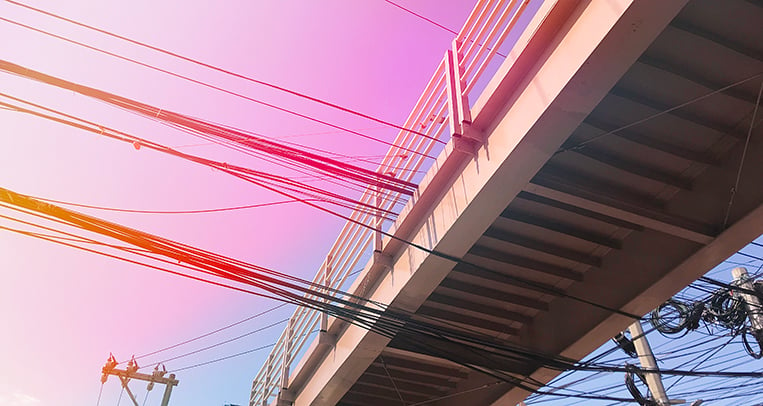

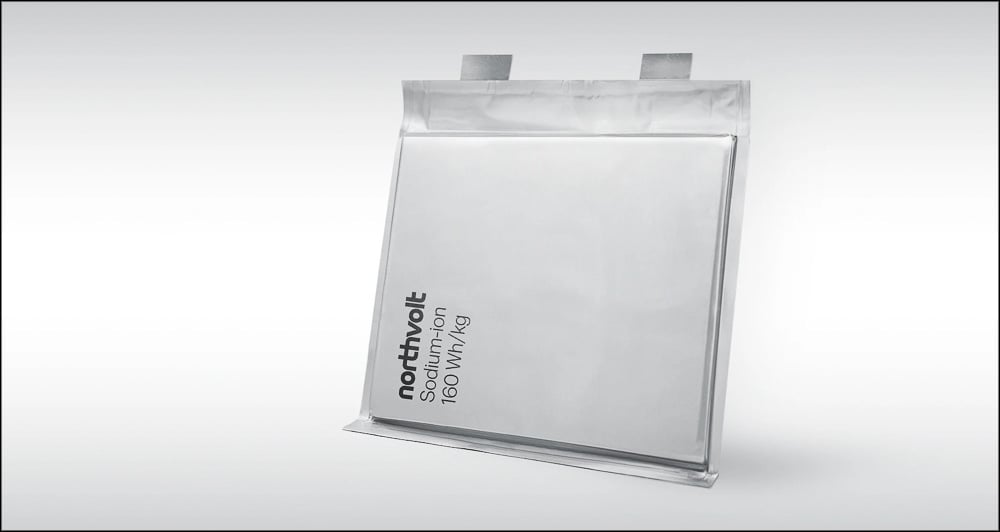
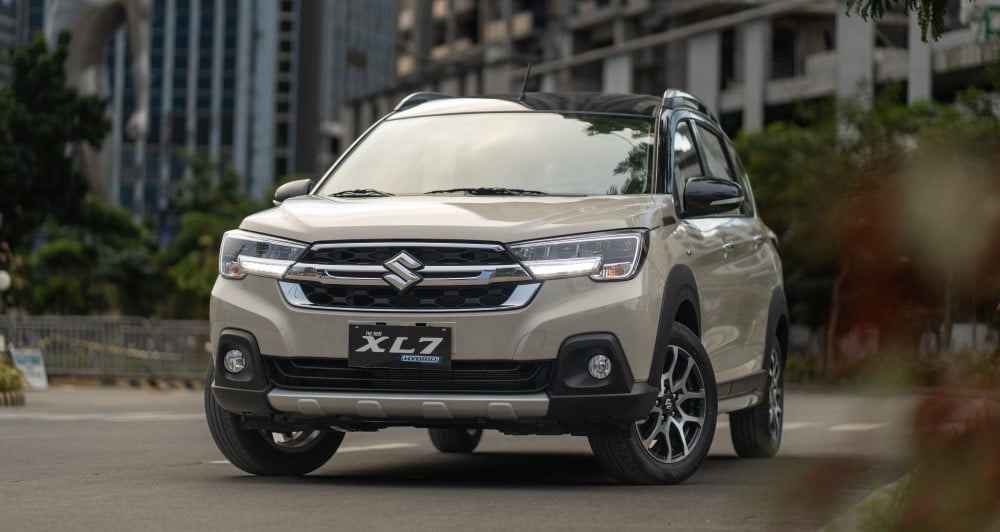


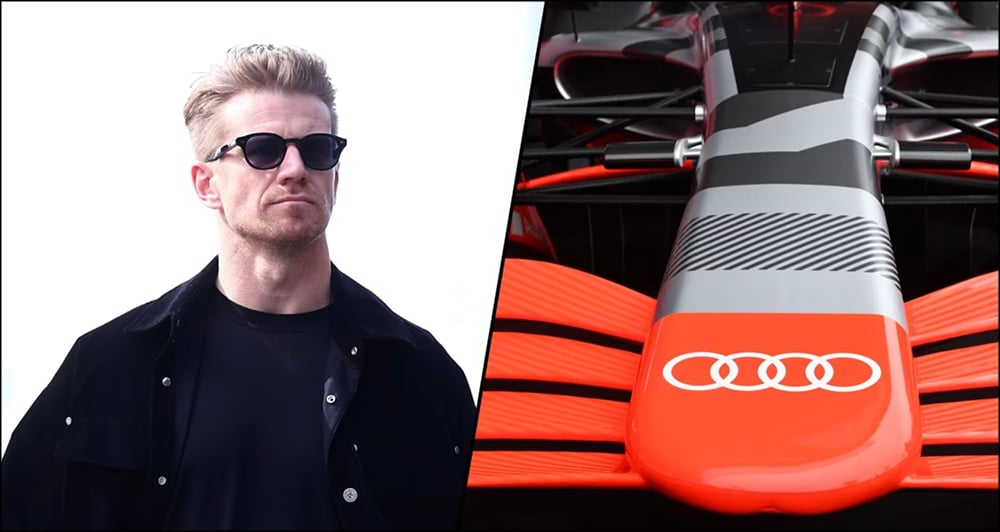


Comments